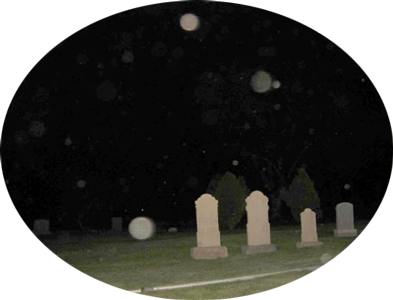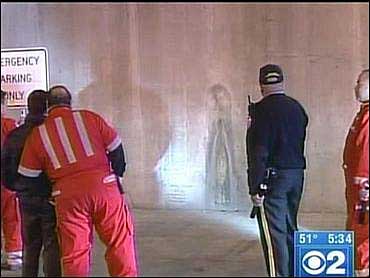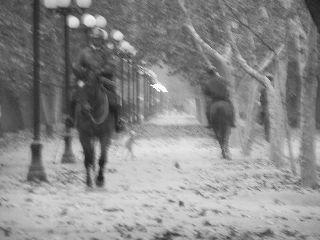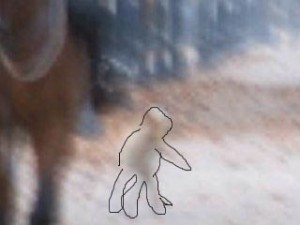It used to be that 15-20 years ago one would expect to attend a birthday party or a 4th of July BBQ and have at least one person with a film camera. We would expect at least 12-24 exposures from any family gathering. Filed away in the family album, or stored in a tupperware box never to be seen again. Nowadays we can easily expect more than 10 digital cameras at a family gathering. From small and slim designer cameras to built-in cameras on phones to expensive professional digital cameras, technology has made it affordable. We can easily expect no less than one hundred pictures from a family gathering. Digital cameras tragically give us the opportunity to shoot and miss as we please. No talent required.
With home computers and cyberspace becoming a digital media dump, we are polluting our virtual world much like our real world. Herein lies a problem; With the endless amounts of blurry, off focus and extremely bad quality pictures being taken, the Pareidolia effect is more likely to exponentially occur.
Pareidolia is a psychological phenomenon. A vague and random stimulus being perceived as significant. The brain recognizes patterns or faces in random sounds or images.
You are more likely to see the term “Pareidolia effect” when reports of Jesus’ face being seen on a tortilla, or a cross on a window’s reflection.
Hundreds of gullible people will flock to pay homage to a stain on a wall that resembles the silhouette of the Virgin Mary. Most people with a well grounded head will read these stories and laugh. Then again, most of these laughing people will see an “orb” picture on the internet and believe it’s a ghost.

Typical photograph of “orbs” found on hundreds of paranormal websites.

Image of the Virgin Mary that flooded the news in 2005.
There are other photographs that challenge logical explanation. Take for example the famous “Alien from Chile” picture taken in 2004 in Santiago, Chile.

Close up:

Looking closely at the images, one can say with certainty that it does resemble our widely perception of what an extraterrestrial being looks like. Creepy if you ask me.
Now, let’s take a more rational approach. If you observe the other main objects in the image (the horses) you will notice that they look semi deformed. Limbs missing or severely out of focus. Now, look at the close up photograph again:

Once I outline the basic shapes and edges on it, our brain recognizes a different shape. That of a canine. Legs and tail to it’s right. This case is a good example of Pareidolia.
A photograph that is blurry, distorts objects to a degree that allows Pareidolia to take over in order to make sense of what we are seeing. I’m not saying this is an open and shut case, but looking at the poorly taken picture, in a high traffic area were dogs are known to roam we cannot be so gullible as to believe this to be an extraterrestrial alien wandering about.
Chile, like many South American countries, is plagued with orphaned dogs. Santiago Chile (were the picture was taken) has a high population of these transient dogs. This is a big debate with the Chilean authorities and public. Most transient dogs are inhumanely disposed of. Most people reject this, some say it’s necessary to control the population.
Reading an article on a canine rescue group from Chile, we can gain a better understanding of the issues:
http://www.somosperritos.cl/lahora.html (spanish)
In the website Somosperritos.cl, the article is about a lady who has taken custody of over 100 transient dogs in order to save them from a cruel death. The city being plagued with thousands of dogs, it’s become a great concern.
Needless to say, what many have dubbed the “Chilean Dover demon” is just a poorly taken photograph of man’s best friend.
Please help the “Somos Perritos” (we are dogs) foundation in Chile get hundred of unfortunate dogs a home:
http://www.somosperritos.cl/ayuda.html or email [email protected] for more info




